cleanroom humidity Control Requirements
Ensuring Optimal Conditions for Sensitive Environments
Maintaining Precise Humidity Levels
Maintaining precise humidity levels in cleanrooms is crucial for preventing contamination and protecting sensitive materials. Humidity control is a vital aspect of cleanroom management, influencing factors like static electricity, product integrity, and process stability.
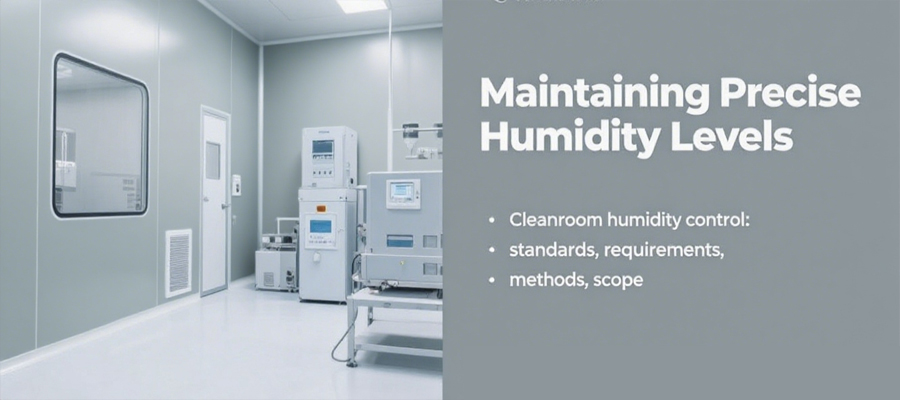
Ideal RH Range
The ideal relative humidity (RH) range for cleanrooms typically falls between 45% and 55%. This range is optimal for minimizing static electricity, which can damage sensitive electronics and semiconductor components. Moreover, maintaining this humidity level helps ensure the comfort and safety of personnel working within these environments
Industry-Specific Needs
Humidity requirements can vary significantly between industries, eACH facing unique challenges that necessitate specific control measures.
| Industry | Ideal RH Range | Key Challenges |
|---|---|---|
| Electronics | 45-65% | Prevent static discharge damaging circuits |
| Semiconductors | 30-40% | Prevent condensation and maintain microdevice integrity |
| Pharmaceuticals | 45-55% | Ensure product stability and prevent microbial growth |
| New Energy | 30-40% | Prevent moisture-related defects in battery production |
| Medical Devices | 40-70% | Maintain material properties and prevent contamination |
Preventing Contamination and Damage
Effective humidity control in cleanrooms is critical for preventing contamination and protecting sensitive materials from damage, which could arise from corrosion, static discharge, or microbial growth.
Contamination Prevention
Maintaining adequate humidity levels minimizes static, which can attract dust and contaminants. This reduces the risk of particles compromising product quality.
Material Protection
Many materials used in cleanrooms are sensitive to moisture levels, making precise humidity control essential to prevent deterioration and maintain functionality. This is particularly critical for electronics and pharmaceutical products.
Effective Humidity Control Methods
Maintaining precise humidity levels in cleanrooms is imperative for ensuring the integrity of processes and safety of products. Various advanced methods can be employed to achieve the desired humidity control, each tailored to address specific environment needs.
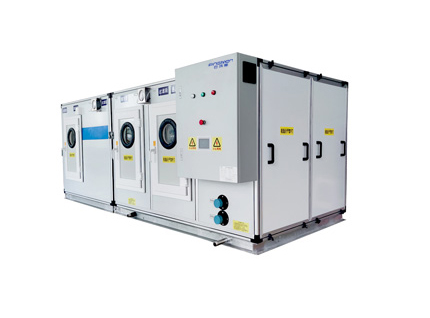
Air Conditioning
Uses cooling coils to condense moisture, integrated into HVAC systems for steady environments in electronics and pharmaceuticals.
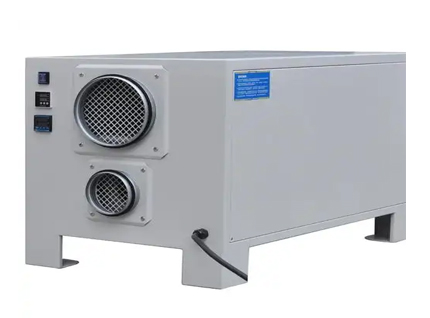
Dehumidifiers
Remove excess moisture via condensation or desiccant materials, suitable for high-humidity and low-humidity environments respectively.
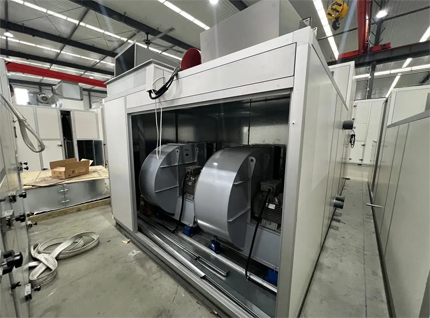
Rotary Desiccant
Uses a rotating wheel with desiccant material for continuous humidity control, ideal for environments requiring consistent conditions.
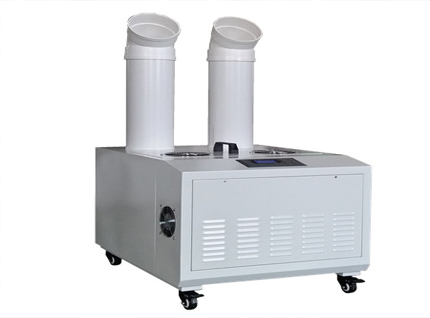
Humidifiers
Increase moisture levels to prevent static and brittleness, available in ultrasonic, evaporative, and steam types for different needs.
Additional Control Methods
- Ventilation and Airflow Optimization: Ensures consistent flow of fresh air and prevents stagnant humidity zones.
- Desiccant Materials: Silica gel and calcium chloride absorb moisture in storage and packaging areas.
Conclusion: Maintaining Optimal Humidity
Achieving precise humidity control in cleanrooms is a multifaceted endeavor requiring a combination of methods tailored to specific requirements. By employing systems such as air conditioning, dehumidifiers, and humidifiers, industries can maintain the exact conditions needed for their processes. Deiiang™, under the guidance of experts like Deiiang Jason.peng, offers innovative solutions to optimize these methods and ensure compliance with international standards.
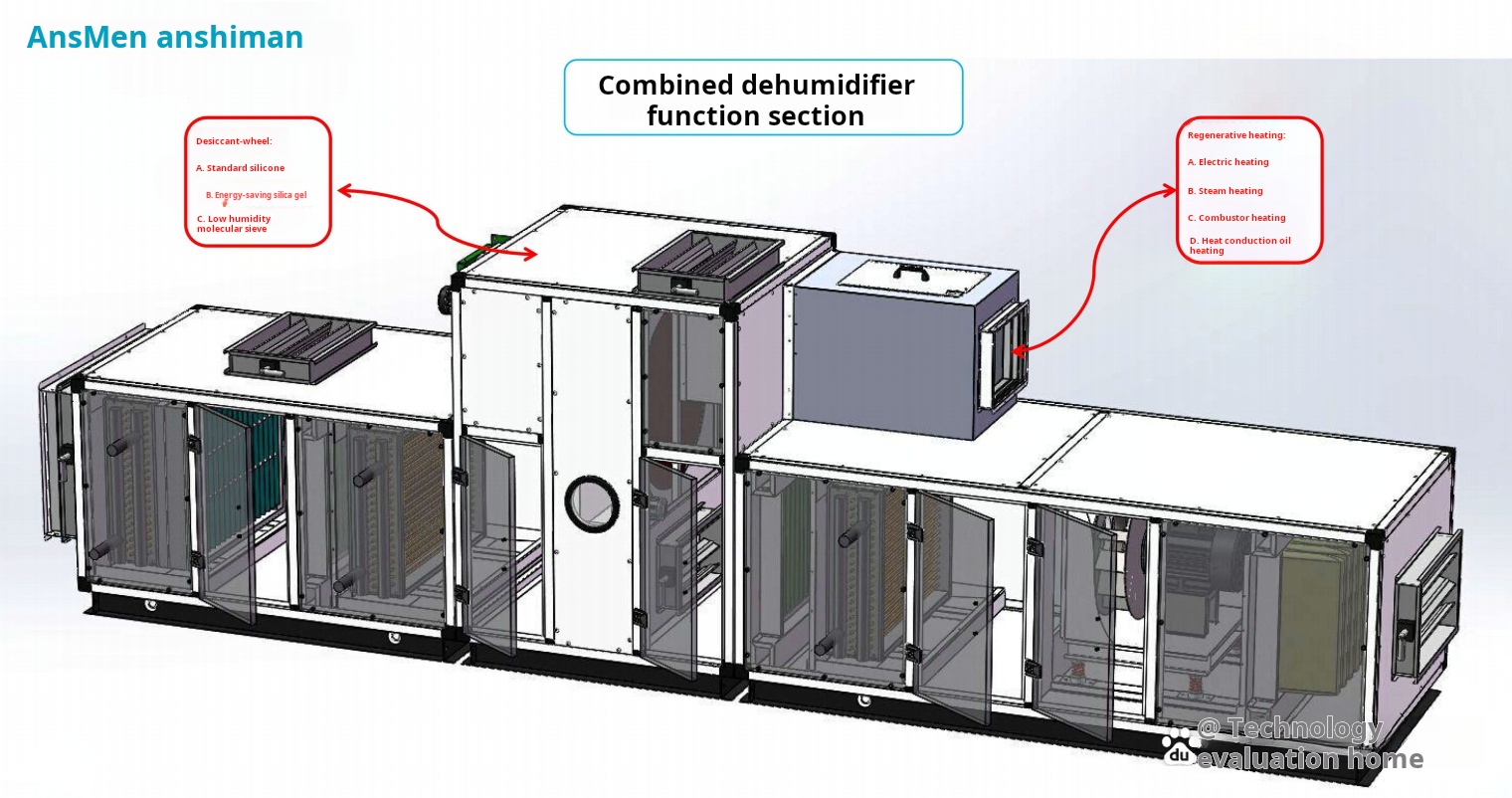
Common Questions and Solutions
Q:Best Method for High-Tech Manufacturing
A: A combination of rotary desiccant dehumidification and precise air conditioning is often ideal for managing sensitive humidity needs in high-tech environments.
Q:Recommended Monitoring Tools
A: Digital hygrometers and humidity data loggers provide real-time monitoring and help maintain consistent humidity levels in cleanrooms.
Q:Energy Efficiency Considerations
A: Modern systems with energy recovery features and smart controls can significantly reduce energy consumption while maintaining optimal humidity.
Compliance with International Standards
Adhering to international standards ensures that cleanroom humidity control meets the highest quality and safety requirements. Key standards include:
| Standard | Description | Relevant Humidity Guidelines |
|---|---|---|
| iso 14644 | Cleanroom air cleanliness classification | Specifies environmental control requirements including humidity |
| FDA 21 CFR Part 11 | Electronic records and signatures | Requires accurate environmental monitoring and documentation |
| EU GMP Annex 1 | Manufacture of sterile medicinal products | Emphasizes strict environmental control for product quality |
Meeting these standards not only ensures product quality but also regulatory compliance, which is essential for industries such as pharmaceuticals and medical devices.
Case Study: Optimizing Cleanroom Humidity
A semiconductor manufacturing facility faced challenges with product defects due to inconsistent humidity levels. The solution involved implementing a comprehensive system that included:
Advanced Monitoring
Installation of digital sensors throughout the facility for real-time humidity tracking and alerts.
Rotary Desiccant System
Implementation of a high-capacity rotary desiccant dehumidifier to maintain 30-40% RH consistently.
Smart Controls
Integration with building management systems for automated adjustments based on real-time data.
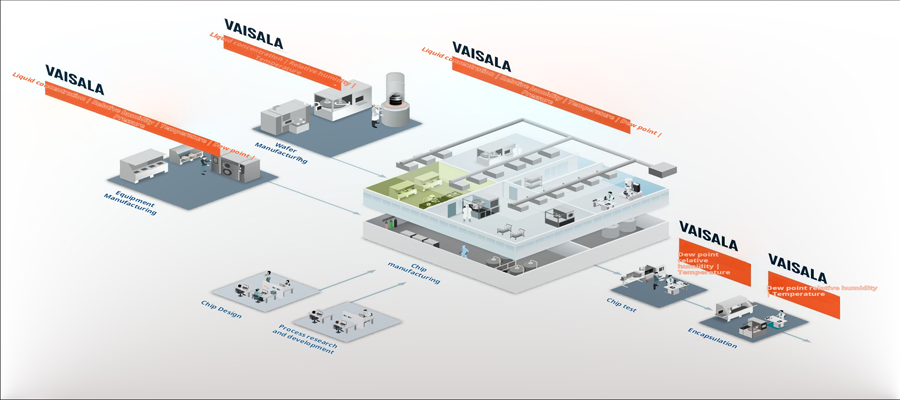
The results were remarkable:
- Product defect rates decreased by 65%
- Energy consumption reduced by 28% through optimized system operation
- Compliance with ISO 14644 and SEMI standards was consistently maintained
- Worker comfort improved, leading to increased productivity
Deiiang™: Your Partner in Cleanroom Solutions
Deiiang™ specializes in providing cutting-edge cleanroom humidity control solutions. Our expertise includes:
Customized Solutions
Tailored humidity control systems designed for specific industry needs.
Energy Efficiency
Systems engineered to minimize energy consumption while maximizing performance.
Advanced Monitoring
Real-time data collection and analysis for proactive humidity management.
Compliance Expertise
Ensuring systems meet international standards and regulatory requirements.
Contact Our Expert Team
For personalized cleanroom humidity control solutions, contact Deiiang™ today. Our team of experts, led by Deiiang Jason.peng, is ready to assist you in achieving optimal cleanroom conditions.
Request Consultation© 2025 Deiiang™ Cleanroom Solutions. All rights reserved.
Specializing in humidity control for critical environments.
 +86 18186671616
+86 18186671616 Jason@cleanroomequips.com
Jason@cleanroomequips.com
 MENU
MENU



